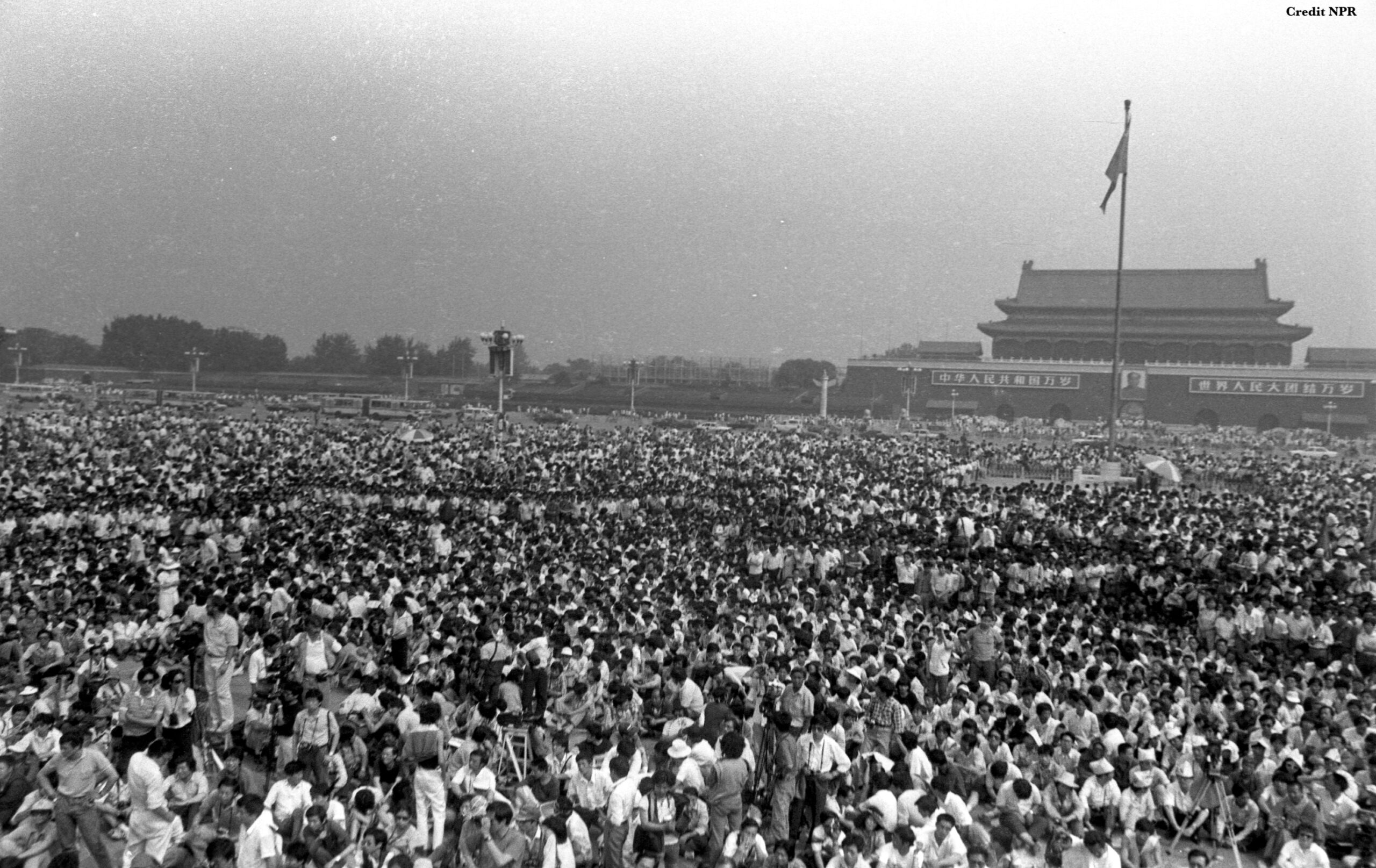The Story of the First Chocolate Chip Cookie


It’s as American as baseball, and as perfect for winter as hot chocolate and snowball fights. It’s hard to resist a warm, perfectly crunchy-on-the-outside, chewy-on-the-inside, freshly-baked, chocolate chip cookie. And, like many amazing things, the chocolate chip cookie was born in Massachusetts. (Spirit was born in Massachusetts, as was I, Jaanu… come to that, Navin was also born in Massachusetts).
 Cookies have long been a popular snack. They’re said to have been enjoyed since as early as 7 A.D. when the discovery of sugar ushered in a new era for desserts and confectionery. Cookies might have been invented in Persia, in the form of tiny sample cakes to test an oven’s temperature. It’s pretty fascinating how sugar was discovered: according to Cane Sugar from the Ancient World to the Elizabethian Period, hungry Persian soldiers popularized sugarcane when they stumbled across “reeds which produce honey without bees.” The cookie itself took root across Europe and Asia.
Cookies have long been a popular snack. They’re said to have been enjoyed since as early as 7 A.D. when the discovery of sugar ushered in a new era for desserts and confectionery. Cookies might have been invented in Persia, in the form of tiny sample cakes to test an oven’s temperature. It’s pretty fascinating how sugar was discovered: according to Cane Sugar from the Ancient World to the Elizabethian Period, hungry Persian soldiers popularized sugarcane when they stumbled across “reeds which produce honey without bees.” The cookie itself took root across Europe and Asia.
France distinguished itself as one early cookie hub. Courtly menus in France throughout the Renaissance period featured “entremets” or interval dishes, according to the JSTOR article The Invention of Dessert. These sweet palate cleansers could be custards, puddings, or little cookies. “Dessert” comes from the French verb “desservir,” which means “to clear the table.” When the “dessert” concept found its way to the bourgeois of that time, who invented the word, it became a way to sweeten the end of a meal. Today, it’s intuitive to combine cookies with chocolate, but that wasn’t always the case.
It was in Whitman, Massachusetts, that the chocolate chip cookie was born. There, Ruth Graves Wakefield was the proprietress of the Toll House Restaurant, a popular inn that was once an actual toll house. When she prepared the first batch of chocolate chip cookies, Wakefield assumed that the crushed semisweet bar of chocolate she had used to replace her missing baker’s chocolate would melt through the whole cookie. Instead, the chopped-up semisweet bits of chocolate remained slightly gooey, even as the cookie itself grew golden-brown, with a light crunch in its outer coat, and retained a warm, chewy center.
The cookie was an instant hit. Inn-mates demanded more and the new menu item  was even covered by newspapers from Boston. In 1939, famous radio cooking show host Betty Crocker introduced the “Toll House” cookie on-air. Ruth Wakefield reached an agreement with the corporate confection empire Nestle to print the recipe for her cookie on the candy wrapper of the Semi-Sweet Chocolate Bar. According to “History of Cookies”, an article on What’s Cooking America, legend has it that part of Ruth’s settlement with Nestle included being supplied with a lifetime of free chocolate to make her famous cookies. In 1997, when the chocolate chip cookie was already cemented as an American staple food, a third grade class in Somerset, MA, had it designated as Official Cookie of the Commonwealth.
was even covered by newspapers from Boston. In 1939, famous radio cooking show host Betty Crocker introduced the “Toll House” cookie on-air. Ruth Wakefield reached an agreement with the corporate confection empire Nestle to print the recipe for her cookie on the candy wrapper of the Semi-Sweet Chocolate Bar. According to “History of Cookies”, an article on What’s Cooking America, legend has it that part of Ruth’s settlement with Nestle included being supplied with a lifetime of free chocolate to make her famous cookies. In 1997, when the chocolate chip cookie was already cemented as an American staple food, a third grade class in Somerset, MA, had it designated as Official Cookie of the Commonwealth.
I’ll keep the story in mind the next time I want to experiment in the kitchen. The recipes we write today might be the paradigm-shifting “Commonwealth Cookies” of tomorrow! 🍪









